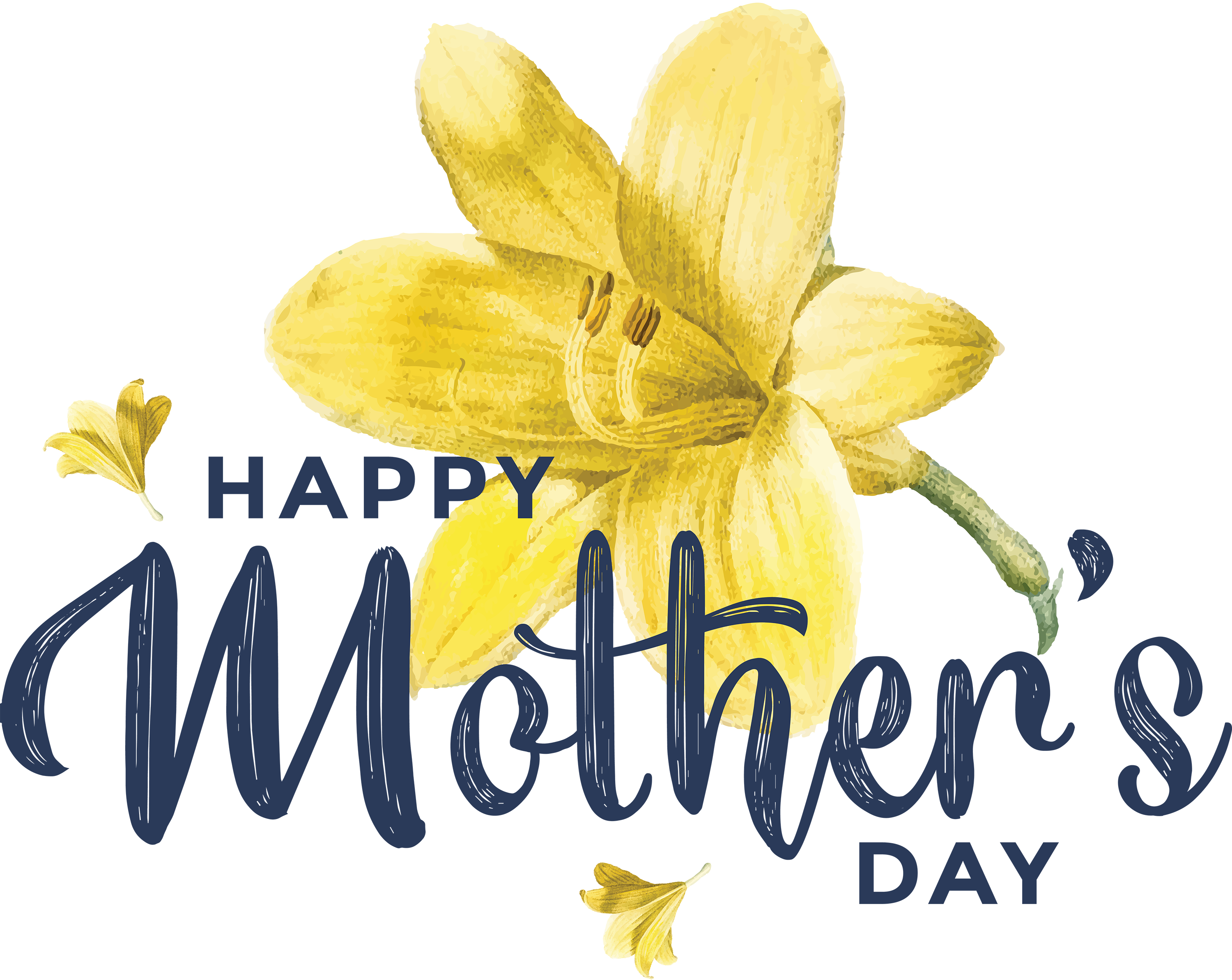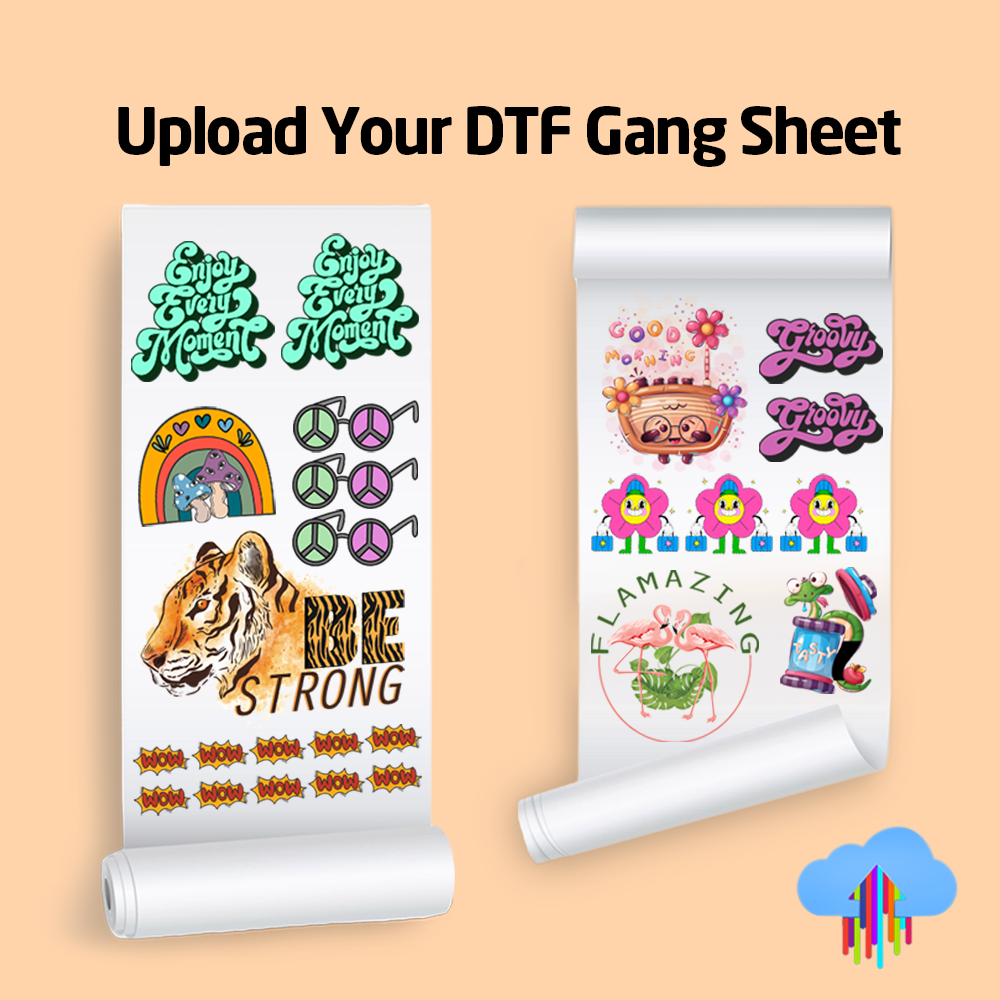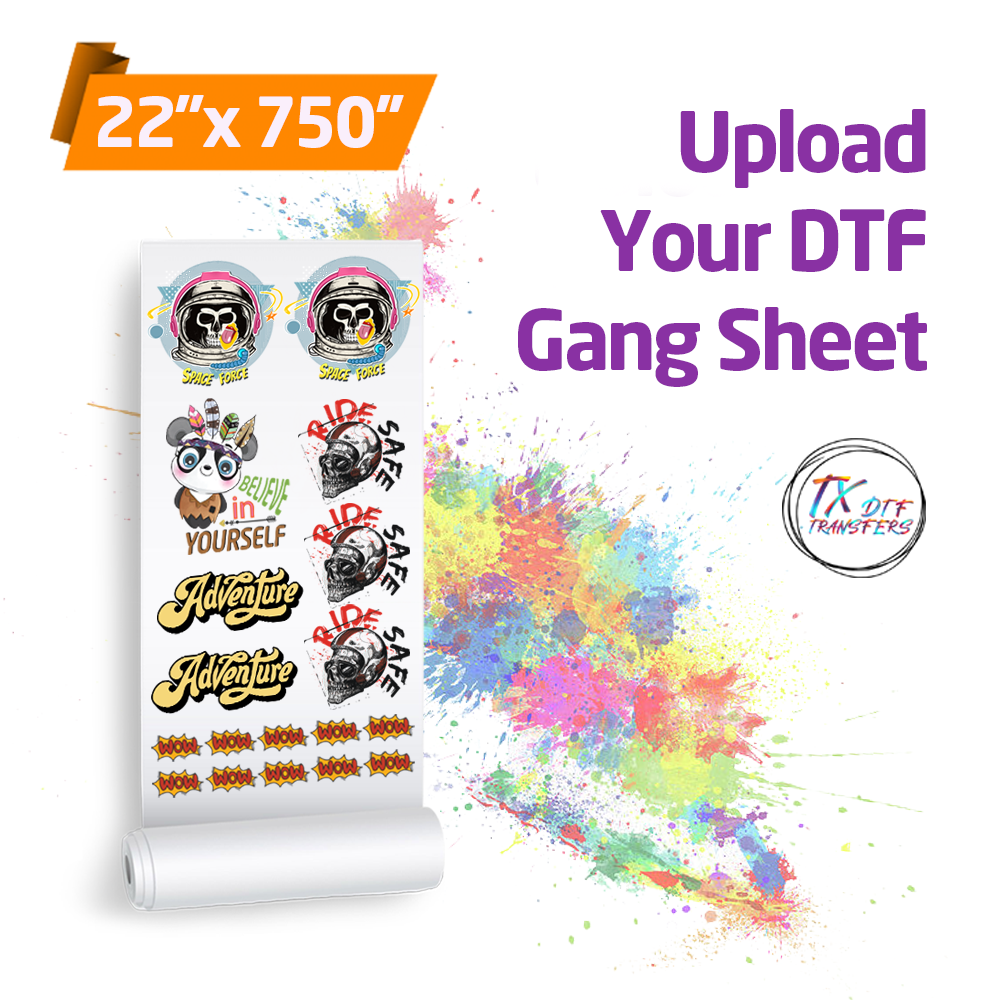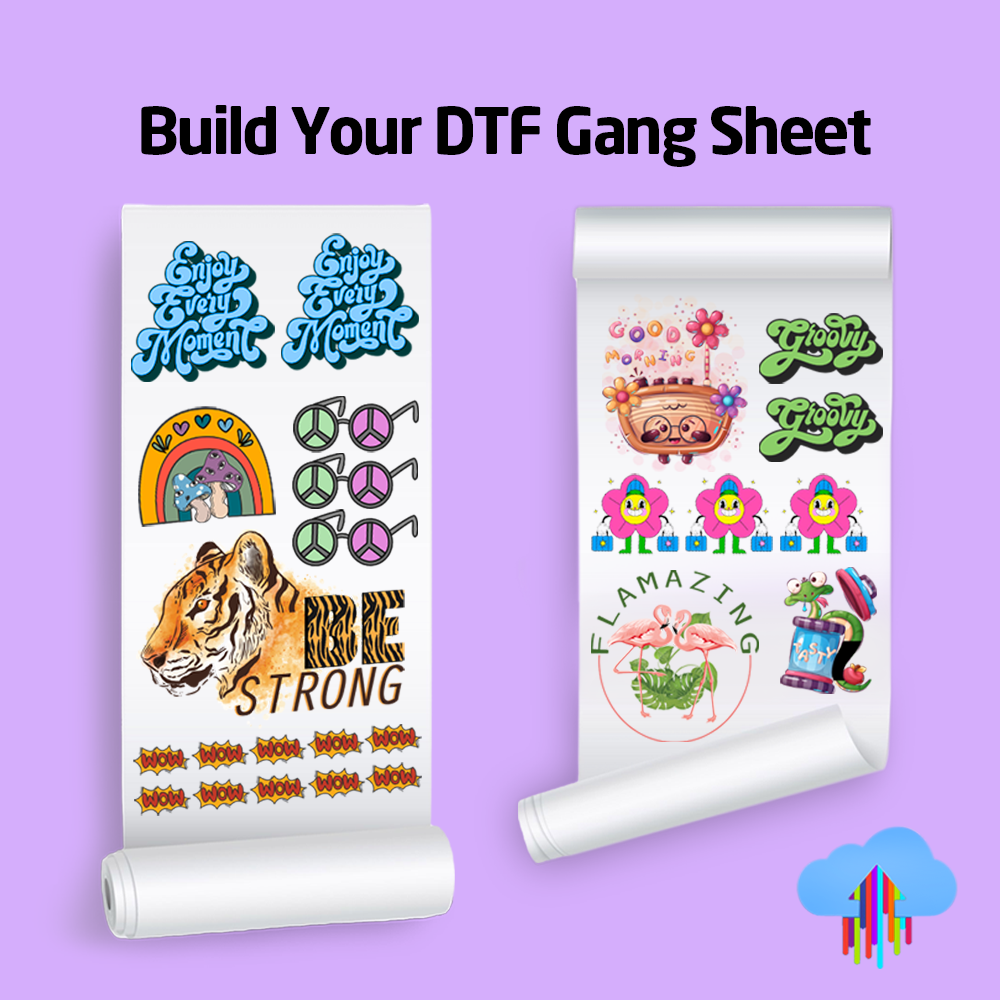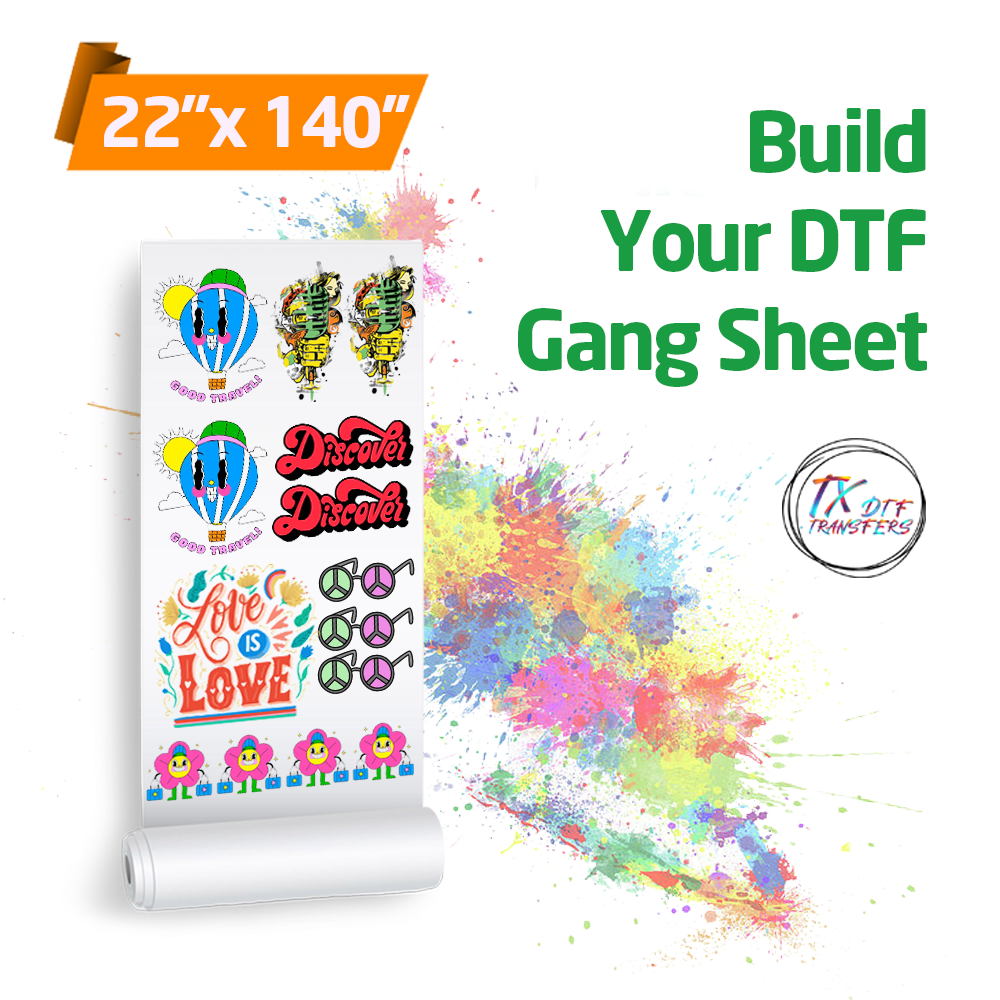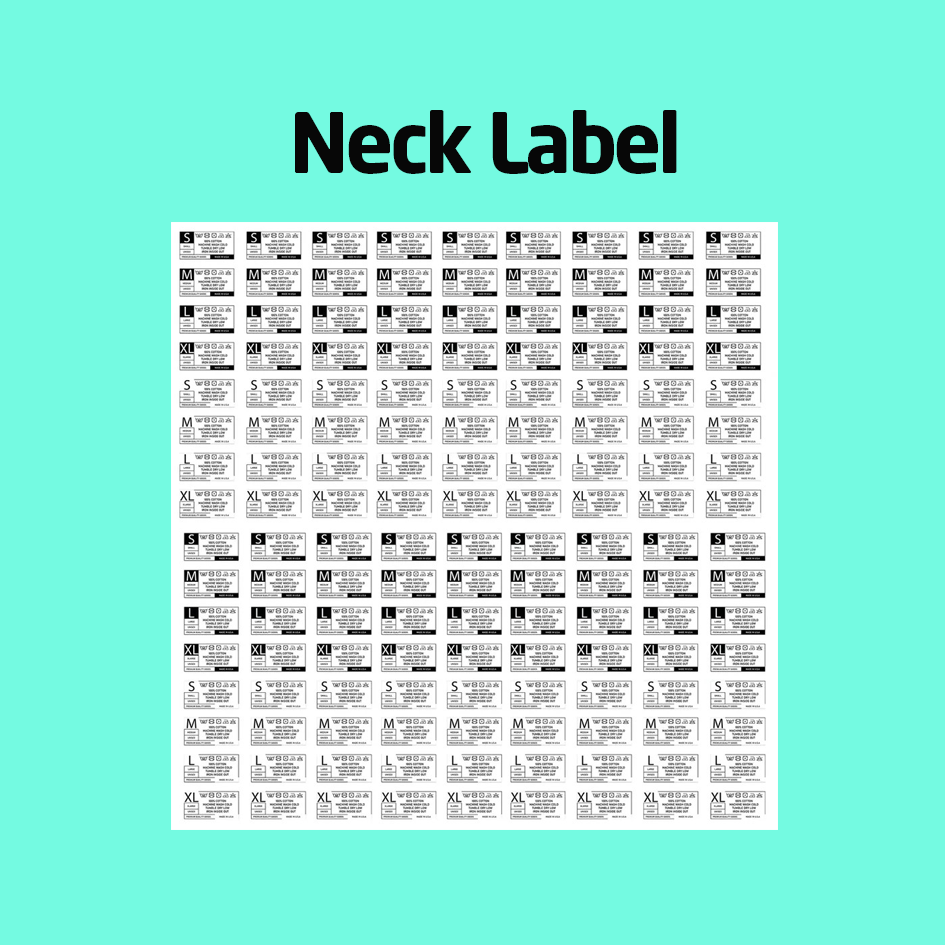What Is UV DTF and How Does It Work? UV DTF Technology for Hard Surface Printing
Direct-to-Film (DTF) printing has already revolutionized custom apparel with its vibrant, durable, and high-resolution prints. Now, a new variant is emerging: UV DTF. In this article, we’ll explore what UV DTF is, how it differs from traditional DTF printing, and walk you through the steps to create and apply UV DTF stickers on hard surfaces like mugs, phone cases, glass, and metal.
Introduction to UV DTF
UV DTF is an innovative printing technology that adapts the principles of Direct-to-Film printing to a broader range of substrates. Unlike regular DTF printing, which relies on heat to cure the adhesive layer, UV DTF uses ultraviolet (UV) light for curing. This key difference enables UV DTF to produce highly durable transfers on hard surfaces that would otherwise be unsuitable for conventional DTF processes.
Key Advantages of UV DTF:
-
Enhanced Adhesion on Hard Surfaces:
UV DTF is specifically designed for non-textile applications. It works effectively on surfaces such as metal, glass, ceramics, and plastics, opening up creative opportunities beyond apparel. -
Faster Curing Times:
With UV curing, the adhesive and inks set almost instantly under UV light, reducing production time and improving workflow efficiency. -
Improved Print Quality:
UV DTF can achieve sharp, detailed prints with excellent color vibrancy on substrates where heat curing might be inconsistent or impractical. -
Eco-Friendly Process:
UV curing typically requires less energy than traditional heat pressing and reduces the risk of damaging sensitive substrates.
UV DTF vs. Traditional DTF
Understanding the differences between UV DTF and standard DTF is essential. Here are the main contrasts:
Curing Method
-
Traditional DTF:
Uses heat (via an oven or heat press) to melt the adhesive powder, bonding the ink to the film and ultimately to the fabric. -
UV DTF:
Utilizes ultraviolet light to cure the ink and adhesive. This method is not only faster but also allows for greater control over the curing process, which is critical for hard surfaces.
Substrate Compatibility
-
Traditional DTF:
Best suited for textiles like cotton, polyester, and blends. It may struggle with non-porous or uneven surfaces. -
UV DTF:
Excels on hard, non-porous surfaces such as glass, metal, ceramics, and plastics. UV DTF stickers can be applied to items like mugs, phone cases, and decorative panels with impressive durability.
Print Durability and Quality
-
Traditional DTF:
Offers vibrant prints on fabrics with high durability, especially when proper curing techniques are followed. -
UV DTF:
Provides exceptionally durable prints that can withstand harsh environmental conditions on hard surfaces. The rapid UV curing process ensures that the ink adheres firmly, resulting in a high-quality finish that resists scratches and fading.
The UV DTF Process: Step-by-Step
Creating UV DTF prints involves a few specialized steps that differ from standard DTF. Below is a detailed walkthrough of the process:
1. Design Preparation
Start with a high-resolution digital design. For the best results, prepare your artwork in a vector format (such as SVG or PDF) or in high-resolution raster format (300 DPI or higher) using software like Adobe Illustrator or Photoshop.
-
Color Mode:
Ensure your design is set to CMYK mode for accurate color reproduction. -
White Ink Layer:
For substrates where color vibrancy is crucial, consider adding a white ink underbase if the printer supports it.
Tip: Save your final design in a format recommended by your UV DTF printer’s manufacturer. This step ensures that all details and colors are preserved accurately during printing.
2. Printing on UV DTF Film
Your design is printed onto a specialized UV DTF film. This film is similar to the one used in conventional DTF printing but is optimized for UV curing.
-
Ink Application:
The printer applies high-quality, UV-curable inks onto the film. These inks are formulated to work with UV light, providing rapid curing and superior adhesion. -
Quality Check:
After printing, inspect the film for any defects, ensuring that the design is crisp and the colors are accurate.
3. UV Curing
Once the design is printed, the next crucial step is curing it with UV light.
-
Curing Process:
Place the printed film under a UV curing unit. The UV light instantly activates the curing agents in the ink and adhesive, solidifying the print. -
Time and Intensity:
UV curing is very fast—typically taking only a few seconds to a minute. Ensure that the exposure is even across the entire print to avoid under-cured areas that may not adhere properly.
Tip: If you’re new to UV DTF, run a few test samples to determine the ideal curing time and intensity for your specific materials.
4. Preparing the UV DTF Sticker
After curing, the film now carries a durable, cured image. This film is then cut or die-cut into individual stickers based on your design requirements.
-
Cutting and Finishing:
Use precision cutting tools or software to outline the design. Remove any excess film around the print, leaving a clean, ready-to-apply UV DTF sticker.
5. Application on Hard Surfaces
The final stage involves applying the UV DTF sticker to your chosen substrate.
-
Surface Preparation:
Ensure that the hard surface (mug, phone case, glass, metal, etc.) is clean and free from dust, oil, or any contaminants. Wipe it down with an alcohol solution if necessary. -
Application Process:
Align the UV DTF sticker on the surface. Depending on the product, you might use a heat press, roller, or even manual pressure to apply the sticker evenly. Some substrates might benefit from additional UV exposure after application to enhance adhesion. -
Curing After Application:
In some cases, a secondary UV curing may be recommended post-application to further ensure the sticker is firmly bonded to the surface.
Applications of UV DTF
UV DTF is a versatile solution for printing on hard surfaces. Here are some examples of where UV DTF technology is commonly used:
-
Mugs and Drinkware:
Create vibrant, full-color designs on ceramic or glass mugs that are resistant to everyday wear and frequent washing. -
Phone Cases:
Customize phone cases with intricate designs that adhere strongly to plastic or metal surfaces, offering a unique, personalized look. -
Decorative Panels:
Apply UV DTF prints on metal or glass panels for decorative wall art, signage, or even custom furniture accents. -
Promotional Items:
Use UV DTF technology to print on a variety of promotional items such as keychains, badges, or even small electronic devices. -
Customized Gadgets:
Personalize gadgets like USB drives, speakers, or laptop covers with UV DTF stickers for a distinctive, branded appearance.
Advantages of UV DTF for Hard Surface Printing
UV DTF provides several benefits over conventional DTF when it comes to printing on hard surfaces:
-
Superior Adhesion:
UV curing creates a strong bond between the ink and the substrate, making the print highly durable and resistant to scratches and environmental factors. -
Faster Production:
The rapid curing process speeds up production, which is ideal for high-demand scenarios or time-sensitive projects. -
Enhanced Flexibility:
UV DTF is not limited to textiles. It opens up a whole new world of possibilities by allowing you to print on glass, metal, ceramics, and other hard surfaces. -
Eco-Friendly and Energy Efficient:
UV curing generally uses less energy compared to traditional heat curing and produces less waste, contributing to a more sustainable production process.
Common Challenges and Troubleshooting Tips
Even with its many advantages, UV DTF can present challenges. Here are some common issues and how to resolve them:
-
Incomplete Curing:
If parts of the design remain tacky or do not adhere well, it might be due to insufficient UV exposure.
Solution: Increase the exposure time or intensity, and ensure that the UV lamp is clean and functioning optimally. -
Edge Lifting or Peeling:
Poor adhesion at the edges can occur if the sticker was not properly cut or if the substrate wasn’t cleaned thoroughly.
Solution: Ensure precise cutting of the sticker and clean the surface with an alcohol wipe before application. -
Color Shifts:
Sometimes, colors may appear different after curing. This is often due to variations in UV curing or differences between digital design and cured output.
Solution: Calibrate your monitor and UV curing unit regularly, and run test prints to fine-tune color settings. -
Surface Compatibility Issues:
Not all hard surfaces react the same way to UV DTF applications. Some may require a primer or additional surface treatment to enhance adhesion.
Solution: Research the specific substrate you’re working with and consider applying a suitable primer if necessary.
UV DTF is an exciting advancement in printing technology that extends the versatility of DTF beyond textiles to a wide array of hard surfaces. By using UV light for curing, UV DTF delivers rapid, durable, and high-quality prints that are ideal for mugs, phone cases, glass, metal, and more. This guide has walked you through the entire process—from preparing your design and printing on specialized film, to curing with UV light and applying the final UV DTF sticker on various substrates.
As UV DTF technology continues to evolve, its applications will expand even further. For designers and hobbyists alike, mastering UV DTF opens up a world of creative possibilities. Whether you’re personalizing everyday items or creating promotional products, UV DTF provides an effective solution that combines speed, efficiency, and exceptional print quality.
Embrace the potential of UV DTF technology and take your creative projects to the next level by applying these techniques and tips. Enjoy experimenting with different substrates and designs, and watch as your ideas come to life in brilliant, long-lasting color!




